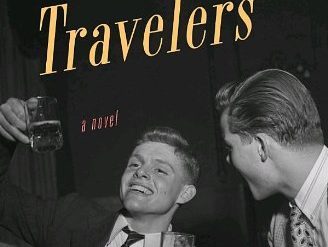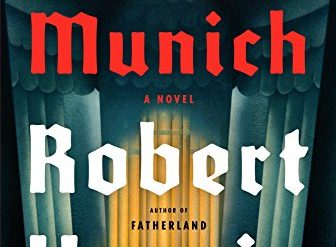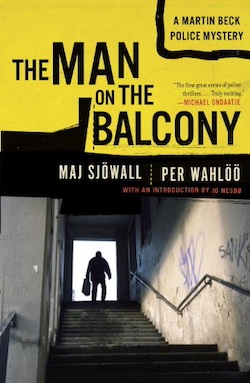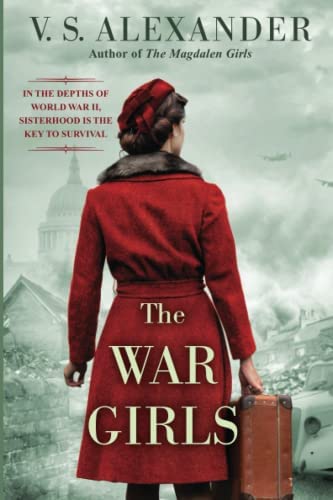
Estimated reading time: 4 minutes
The “war girls” of the title are three young Polish women whose lives we follow from the Nazi invasion to the outbreak of the Warsaw Ghetto Uprising in April 1943. Stefa Majewski is Jewish. Stefa lives in the city with her parents, Izreal and Rose, and her teenage brother Aaron. Her older sister, Hanna, had fled the strictures of her Orthodox parents and lives in suburban London with her aunt. Neither one of the sisters knows Janka, the third war girl, as war breaks out, even though they live in apartments across the street from one another. The Nazis, and Janka’s husband’s antisemitism and support for the Germans, will bring the three together. But that meeting is long in coming in V. S. Alexander’s troubling picture of life in wartime Warsaw.
Events along a single Warsaw street
Much of the action in the novel unfolds along Krochmalna Street, where all three of the war girls grew up. In time, Stefa and her family will be forced to move behind the walls of the Ghetto—but only further along Krochmalna Street to the poorer section allotted to Jews. The street lends unity to a sprawling, four-year story that could easily otherwise have wandered out of control.
The War Girls by V. S. Alexander (2022) 448 pages ★★★★☆
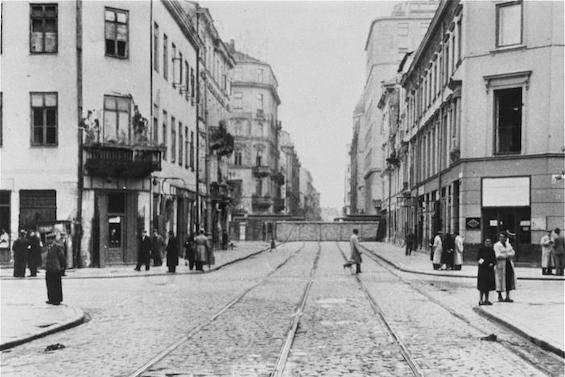
Three strands of Resistance
Each of the three principals represents one major aspect of the resistance to the Nazis in the early years of World War II. Stefa gradually drifts toward becoming a fighter in the Ghetto Uprising as Nazi shackles tighten about her family. Janka gradually gains the courage to leave her loathsome husband as she learns the lengths to which his virulent anti-Semitism has driven him. And Hanna enlists in Britain’s Special Operations Executive (SOE) for a mission behind German lines in Warsaw.
Meanwhile, we learn about two other major developments in the Ghetto. Stefa’s younger brother, Aaron, turns to smuggling through a hole in the wall to help his family survive. And Stefa herself joins her father in relating what happens to them when a Jewish scholar invites them to join his scheme to document the experience of life and death in the Ghetto. In fact, there was such an effort, and the pages of numerous diaries uncovered in the ruins of the Ghetto after the war help us understand the tragedy that unfolded there.
A panoramic view of life in wartime Warsaw
The War Girls is worth reading for its granular picture of life in wartime Warsaw, a picture thoroughly grounded in historical research. As literature, it comes up short. Alexander’s prose is flat and undistinguished. His portrayal of the Nazis is embarrassingly one-dimensional, and Janka’s brutal, alcoholic husband, is a caricature. The two love stories that anchor the tale—those involving Hanna and Stefa—seem calculated to appeal to readers of romance novels but lack any depth. Since I read historical novels primarily for the history, I managed to overlook these faults. But it was not easy.
About the author

V. S. Alexander is an ardent student of history with a strong interest in music and the visual arts. Some of V.S.’s writing influences include Shirley Jackson, Oscar Wilde, Daphne du Maurier, or any work by the exquisite Brontë sisters. V.S. lives in Florida and is at work on a new historical novel. He is the author of six historical novels.
For related reading
For three other (better) novels about Warsaw in World War II, see:
- Mila 18 by Leon Uris (A classic novel of the Warsaw Ghetto uprising)
- The Book of Aron by Jim Shepherd (A brilliant novel of the Warsaw Ghetto)
- We Must Not Think of Ourselves by Lauren Grodstein (The drama before the Warsaw ghetto uprising)
You might also be interested in:
- Good books about the Holocaust
- Worthy books about Jewish topics
- The 15 best espionage novels
- The 10 best novels about World War II
- Top 10 great popular novels
- Great war novels
And you can always find my most popular reviews, and the most recent ones, on the Home Page.

